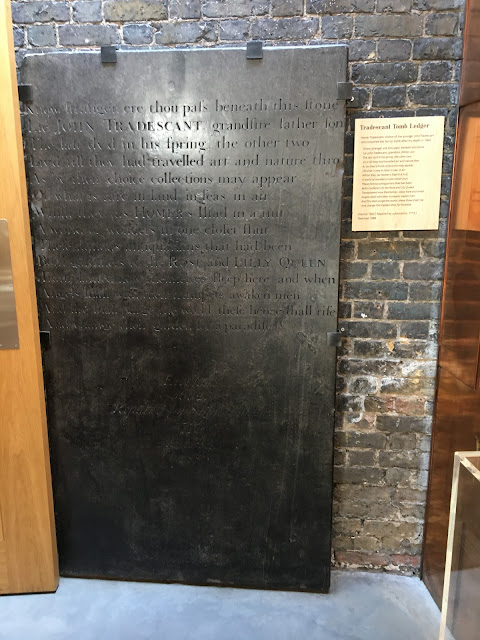Since my trip to London and Cambridge I've been in a bit of a PoMo mood. So, a fortnight or so ago I treated myself to this book, 'Elements of Architecture' by Rob Krier, Leon Krier's older brother. I remember seeing other books by Rob Krier back in the 80s and really I should have bought them at the time, but to my regret I didn't.
'Elements of Architecture' was first published in 1982, by Academy Editions, and edited by Dr Andreas Papadakis. I have the 1992 edition. It quickly established itself as an important text of architectural Post-Modernism, along with 'Learning from Las Vegas' (1972) by Robert Venturi, Denise Scott Brown & Stephen Izenour, and Charles Jenck's 'The Language of Post-Modern Architecture' (1977), becoming a set text in many schools of architecture. Whereas the other two books are largely are theoretical, 'Elements of Architecture' stands in the tradition of books produced by, say, the likes of James Gibbs and Batty Langley in 18th century England, that engage on both a theoretical and practical level with the reader. They are meant to be a sourcebook of ideas for the designer, and they are essentially pattern books. And in that Krier's book is no different. There is however in contrast to, for example, Gibbs's 'Book of Architecture' Krier presents the reader with a series of ideal, slightly Platonic, types - facades, spaces, plans, stairs, etc. An attempt, perhaps, to establish new typologies of building. One is therefore tempted to believe that the work Jean-Nicolas-Louis Durand (1760-1834), the French architect and theorist, is a more pertinent comparison here. For instance, the 'Rudimenta Opera Magnis et Disciplinae' c. 1790, which seems to have least some influence on Krier's graphic presentation and his vigorous drawing style - which is all together engaging. In fact, one of the delights of this book are the large colour reproductions of Krier's drawings at the beginning.
Sadly, however, I feel this book's lesson will have to learnt all over again by the professionals. Really, the architectural profession are like the Bourbons: 'They have learnt nothing and forgotten nothing'.*
*Usually accredited (and wrongly?) to Charles Maurice Talleyrand-Perigord. Napoleon called Talleyrand 'that turd in a silk stocking'.








































